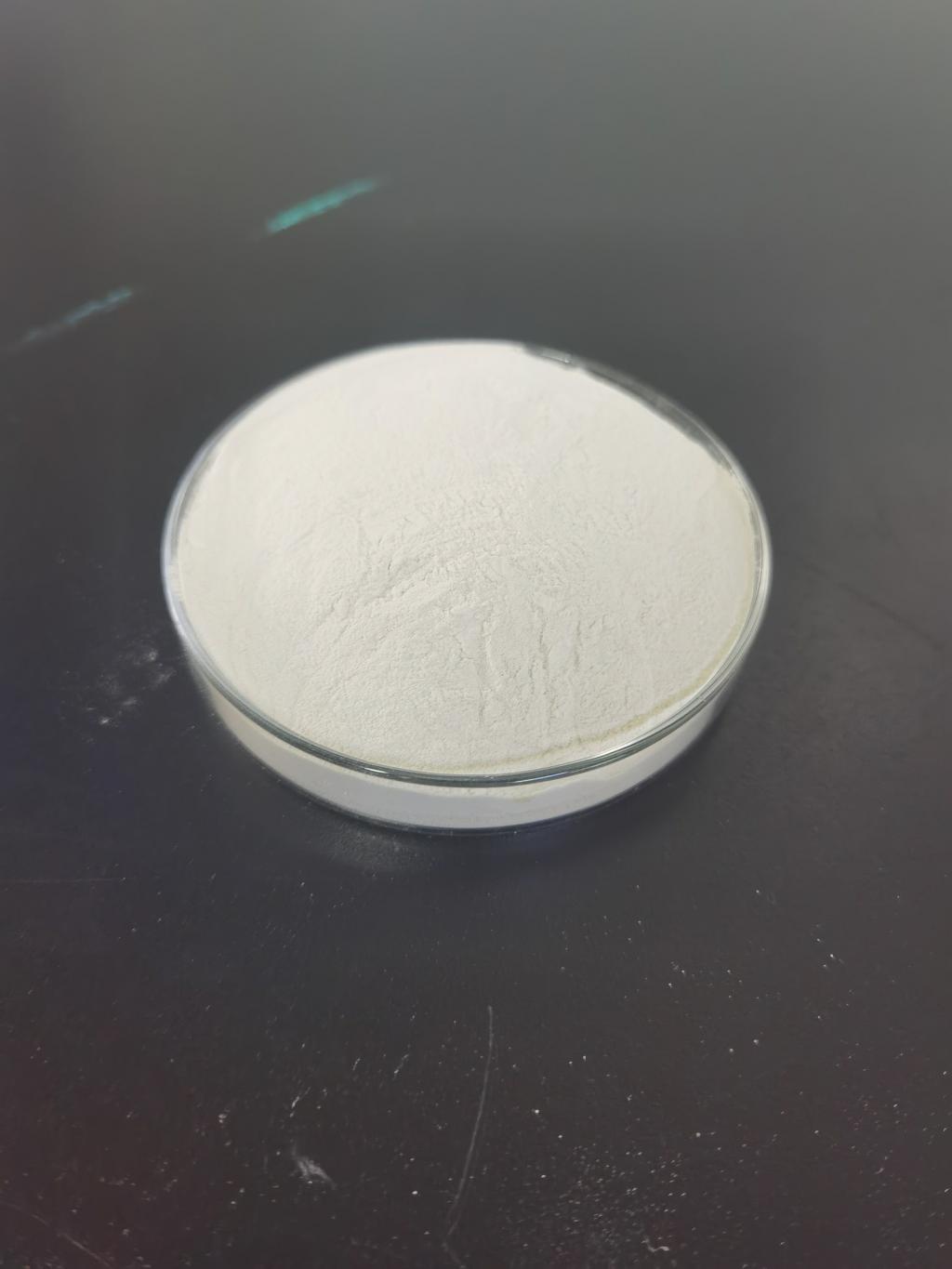Tel:+8618231198596

News
 CONTACT
CONTACT
 CONTACT
CONTACT
- Linkman:Linda Yao
- Tel: +8618231198596
- Email:linda.yao@dcpharma.cn
- Linkman:CHARLES.WANG
- Department:Overseas
- Tel: 0086 0311-85537378 0086 0311-85539701
News
Current Position:
Home >
News
>Addressing consumer concerns about Nisin's impact on flavor and texture in foods.
Addressing consumer concerns about Nisin's impact on flavor and texture in foods.
TIME:2024-04-18
Nisin and its Role in Food Preservation:
Nisin, a naturally occurring antimicrobial peptide, is renowned for its ability to inhibit the growth of spoilage microorganisms and pathogens in food products. Its mechanism of action primarily targets bacterial cell membranes, leading to cell death and extending shelf life. While nisin offers numerous advantages as a preservative, including its broad spectrum of activity and safety, concerns about its impact on sensory attributes persist.
Effects on Flavor:
The addition of nisin to food formulations can potentially influence flavor profiles through several mechanisms. One notable effect is the interaction between nisin and other food components, which may alter flavor perception. Additionally, the presence of nisin could lead to the production of volatile compounds during food processing or storage, affecting aroma and taste. However, the extent of these changes depends on factors such as nisin concentration, food matrix, and processing conditions.
Effects on Texture:
Texture plays a crucial role in consumer acceptance and enjoyment of food products. Concerns regarding the impact of nisin on texture stem from its potential to interact with proteins and lipids in the food matrix. These interactions may affect structural integrity, resulting in changes in texture attributes such as firmness, chewiness, and moisture content. Furthermore, nisin's antimicrobial activity could influence microbial activity in the food matrix, indirectly impacting texture over time.
Strategies for Minimizing Adverse Effects:
To address consumer concerns about flavor and texture alterations, food manufacturers can employ various strategies when formulating products containing nisin:
Optimize Formulation: Adjusting the concentration of nisin and other ingredients in the formulation can help mitigate flavor and texture changes. By carefully balancing preservative levels with other components, manufacturers can achieve desired sensory profiles while ensuring food safety.
Select Compatible Ingredients: Choosing ingredients that complement nisin's preservative properties can minimize adverse interactions and maintain sensory quality. Consideration should be given to factors such as pH, moisture content, and compatibility with nisin in the food matrix.
Control Processing Parameters: Careful control of processing parameters, such as temperature, pressure, and processing time, can help preserve flavor and texture during manufacturing. Minimizing heat exposure and optimizing processing conditions can prevent degradation of sensory attributes while achieving microbial control.
Conduct Sensory Testing: Sensory evaluation is essential for assessing the impact of nisin on flavor and texture in food products. Conducting rigorous sensory testing with trained panels or consumer panels can provide valuable insights into consumer preferences and guide formulation adjustments.
Educate Consumers: Transparent communication about the use of nisin as a natural preservative and its potential effects on flavor and texture can help manage consumer expectations. Providing clear labeling and educational materials can build trust and alleviate concerns about product quality.
Conclusion:
While nisin offers effective antimicrobial properties for food preservation, concerns about its impact on flavor and texture remain a focal point for consumers. By understanding the mechanisms underlying these effects and implementing strategies to minimize adverse changes, food manufacturers can ensure that nisin preserves both food safety and sensory quality. Through transparent communication and continuous improvement in formulation and processing practices, nisin can play a vital role in meeting consumer demand for safe, high-quality food products with natural preservatives.
- Tel:+8618231198596
- Whatsapp:18231198596
- Chat With Skype







